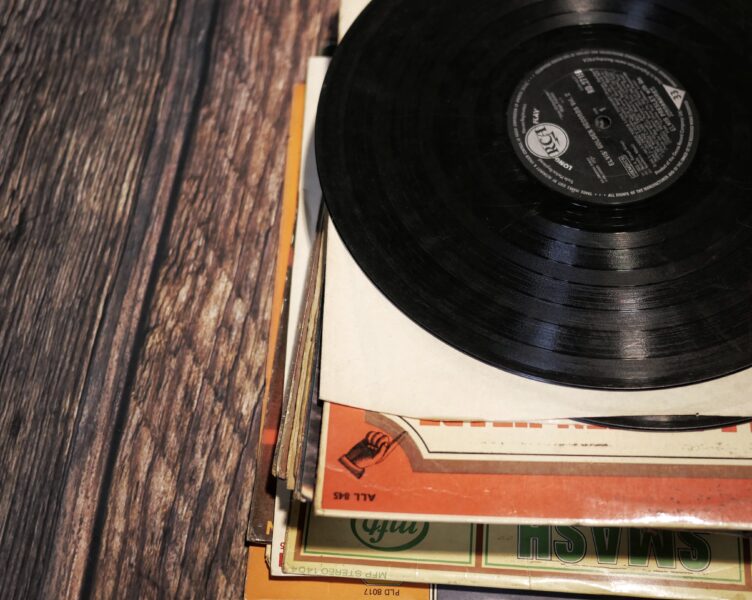
There is nothing quite like the feeling of entering a record shop and being immediately immersed in the sea of creative album covers that surround you. In the music industry, the visual impact of a powerful album cover can give you the edge over other artists, playing to the sense of sight as well as sound. Many are simple and easy to understand, yet others feature hidden clues and puzzles to the respective album or artist that the listener can decipher.
Often the album covers have become as memorable in pop culture as the tracks on the record, or even the artist themselves. Therefore, even in the modern-day climate of online music that has seen the decline of record players, a good album cover is still a must for any successful musical release.
Take for example the iconic The Dark Side Of The Moon by Pink Floyd or Nevermind by Nirvana, both these covers have become so ingrained into music history that they have arguably established as much fame as the bands that produced them. The Abbey Road album cover by The Beatles has almost become the stock image people think of when discussing the band, therefore holding so much importance in the band’s legacy.
Some artists like to take the simple but effective approach – Ed Sheeran uses different mathematical symbols to distinguish his albums, cleverly creating an almost “collectable” quality to the records. Catfish and the Bottlemen have also taken this approach, relying on a feeling similar to the nostalgia of collecting trading cards to create a “complete the set” style.
Covers can also reflect a sense of sentimentality that the artist is feeling. The Killers’ compilation album, Rebel Diamonds, features a roulette wheel, a reference to their birthplace, Las Vegas, and similarly J. Cole in his 2014 Forest Hill’s Drive album also roots the cover art in his homeland and upbringing.
Often the album covers have become as memorable in pop culture as the tracks on the record.
Albums that show a creative and artistic approach are also very effective. The British rapper, Dave, often uses cover art akin to an oil painting, and Tame Impala likes to rely on abstract art to display their image, none more so intriguing than their album, Currents.
Finally, album covers can also show the progression and development of an artist throughout their music career. Taylor Swift, arguably the biggest music star on the planet, has massively improved her quality of covers from when she first started, perhaps reflective of her increase in confidence and popularity.
At the end of the day though, whatever the reasoning and intention behind an album cover, what remains the most important message is that they still form a crucial part of the whole record package itself.


